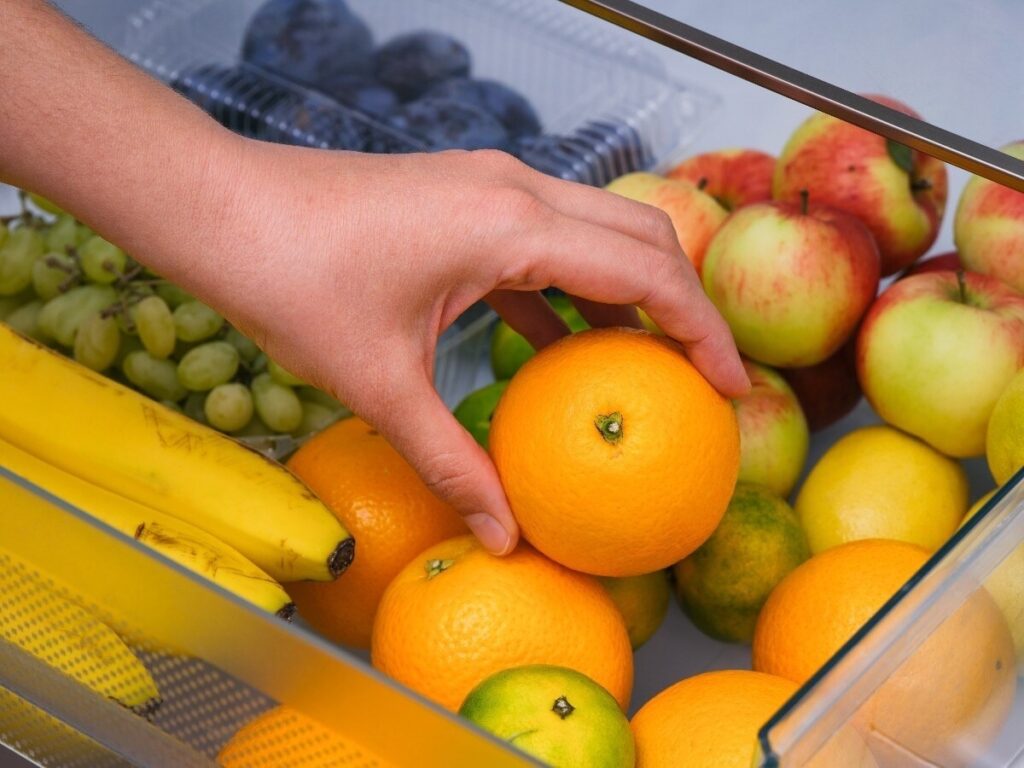Storing fruits in the refrigerator is a common practice for keeping them fresh for extended periods. However, it’s essential to be aware that not all fruits benefit from refrigeration. Some fruits may lose their flavor, texture, or nutritional value when stored in the cold environment of a fridge. In this article, we will explore which fruits should be avoided in the refrigerator and the best ways to store them to maintain their freshness.
Fruits That Should Not Be Refrigerated
1. Bananas
Bananas are sensitive to cold temperatures, and refrigerating them can halt their ripening process. When stored in the fridge, the skin of the banana may turn brown, although the fruit inside remains firm. It’s best to store bananas at room temperature, away from direct sunlight.
2. Tomatoes
Tomatoes contain enzymes that are responsible for their flavor and aroma. Refrigeration can damage these enzymes, resulting in bland and mealy tomatoes. Instead, keep tomatoes at room temperature, preferably in a single layer to prevent bruising.
3. Avocados
Until they are ripe, avocados should be left at room temperature. Refrigerating avocados can slow down the ripening process significantly. Once ripe, they can be stored in the fridge for a short period, but it’s best to consume them quickly for maximum flavor.
4. Peaches and Nectarines
These stone fruits are best stored at room temperature to fully ripen. Refrigeration can lead to texture changes and diminish their sweet flavor. Allow peaches and nectarines to ripen at room temperature, and consume them swiftly after they reach their optimal ripeness.
5. Berries
Berries such as strawberries, raspberries, and blackberries can be tricky. While they can be refrigerated, it’s recommended to wash them just before consumption to prevent spoilage. Storing them in a breathable container can also help maintain their freshness without refrigeration for a short period.
Best Storage Practices for Fruits
Here are some tips to enhance the freshness and longevity of fruits without refrigeration:
| Fruit | Optimal Storage Method | Ripening Tips |
|---|---|---|
| Bananas | Room temperature, away from sunlight | Pair with apples to speed up ripening |
| Tomatoes | Room temperature, avoid stacking | Store stem side up to reduce bruising |
| Avocados | Room temperature until ripe | Store with bananas in a brown paper bag |
| Peaches/Nectarines | Room temperature, single layer | Check daily for ripeness |
| Berries | In a breathable container at room temperature | Wash just before eating |
Conclusion
Understanding how to properly store fruits can greatly enhance their shelf life and taste. While refrigeration is a common method for preserving many foods, certain fruits are better off in a warmer environment to retain their flavor profile and nutritional benefits. By following these guidelines, you can ensure that your fruits remain fresh and delicious for as long as possible.
